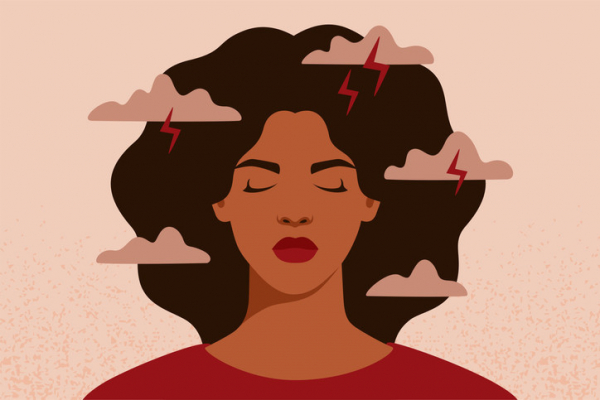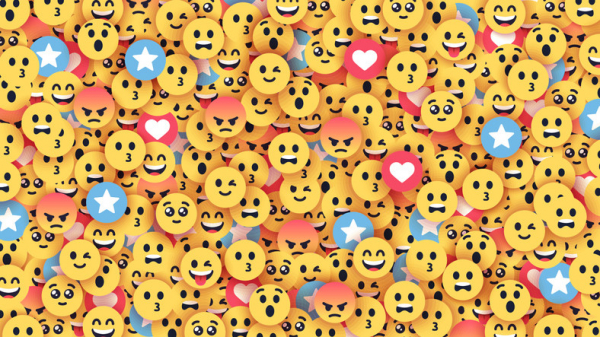
Celiac disease is a digestive and immune disorder that can keep the body from absorbing necessary nutrients. “Our conception and awareness of celiac disease has evolved over the past few decades, but there are still aspects that remain poorly understood,” says Dr. Ciaran Kelly, medical director of the Celiac Center at Beth Israel Deaconess Medical Center and professor of medicine at Harvard Medical School.
Perhaps not surprisingly, misconceptions are widespread among the general public. One example? Many people assume that everyone who has celiac disease is plagued by abdominal pain, bloating, or diarrhea. But actually, many adults newly diagnosed with this inherited gluten intolerance don’t have these symptoms.
What’s more, gluten — the sticky protein found in grains such as wheat, barley, and rye — can cause gastrointestinal distress and other symptoms in people who don’t have celiac disease. Read on for a deeper dive into four myths and facts about celiac disease and related digestive conditions.
Myth # 1: Celiac disease is usually diagnosed at a young age
Not typically. While celiac disease can develop any time after a baby’s first exposure to gluten, it’s usually diagnosed much later in life. According to the National Celiac Association, the average age of diagnosis is between 46 and 56. Around 25% of people are diagnosed after age 60.
Celiac disease is slightly more common in women and among people with other autoimmune conditions, including type 1 diabetes, Hashimoto’s thyroiditis (a common cause of low thyroid levels), and dermatitis herpetiformis (a rare condition marked by an itchy, blistering rash).
“We don’t know why some people go from being susceptible to actually having celiac disease,” says Dr. Kelly. The prevailing theory is that some sort of physical or emotional stress — such as a viral infection, surgery, or anxiety from a stressful life event — may “flip the switch” and cause the disease to appear, he says. “Increasing numbers of people are being diagnosed at midlife and older, often after they’re found to have conditions such as anemia or osteoporosis caused by nutrient deficiencies,” says Dr. Kelly.
Myth #2: Celiac disease only affects the gut
When people have celiac disease, eating gluten triggers an immune system attack that can ravage the lining of the small intestine. A healthy small intestine is lined with fingerlike projections, called villi, that absorb nutrients. In celiac disease, the immune system attacks the villi, causing them to flatten and become inflamed — and thus unable to adequately absorb nutrients.
While gastrointestinal problems can occur, they aren’t always present. In fact, celiac disease can present with many different symptoms that affect the nervous, endocrine, and skeletal systems. A few examples are brain fog, changes in menstrual periods, or muscle and joint pain.
Myth # 3: Celiac disease versus gluten intolerance
If you feel sick after eating gluten, you probably have celiac disease, right? Actually, that may not be true. Some people have non-celiac gluten sensitivity (also called gluten intolerance), which can cause uncomfortable digestive symptoms after eating gluten. But gluten intolerance differs from celiac disease.
- Celiac disease is diagnosed with blood tests that look for specific antibodies. If antibodies are present, a definitive diagnosis requires an intestinal biopsy to look for signs of damage that characterize the condition.
- Non-celiac gluten sensitivity does not trigger antibodies or cause intestinal damage. Yet some people with this problem say they also experience brain fog, trouble concentrating, muscle aches and pain, and fatigue after eating gluten-containing foods.
“Non-celiac gluten sensitivity appears to be a real phenomenon, but it’s not well defined,” says Dr. Kelly. It’s unclear whether people experiencing it are intolerant to gluten or to something else in gluten-containing foods.
- One possibility is sugarlike molecules known as FODMAPs, which are found in many foods — including wheat. Short for fermentable oligosaccharides, disaccharides, monosaccharides, and polyols, gas and bloating can occur when gut bacteria feed on FODMAPs.
- Another possibility is an allergy to wheat, which can cause symptoms such as swelling, itching, or irritation of the mouth and throat after eating wheat. Other symptoms include a skin rash, stuffy nose, and headache, as well as cramps, nausea, and vomiting. Some people may develop a life-threating allergic reaction known as anaphylaxis.
Myth #4: A gluten-free diet always relieves the symptoms and signs of celiac disease
The sole treatment for celiac disease — adopting a diet that avoids all gluten-containing foods — doesn’t always help. This problem is known as nonresponsive celiac disease.
“About 20% of people with celiac disease have ongoing symptoms, despite their best efforts to stick to a gluten-free diet,” says Dr. Kelly. Others have intermittent signs and symptoms, particularly when they are accidentally exposed to gluten. Accidental exposures often happen when people eat prepared or restaurant foods that claim to be gluten-free but are not. Cross contamination with gluten-containing foods is another potential route.
Potential solutions to nonresponsive celiac disease are being studied. Three promising approaches are:
- Enzymes that break down gluten, which people could take alongside gluten-containing foods. “It’s a similar concept to the lactase pills taken by people who are lactose intolerant to help them digest dairy products,” says Dr. Kelly.
- Dampening the immune response to gluten by inhibiting an enzyme called tissue transglutaminase that makes gluten more potent as an antigen.
- Reprogramming the immune response to prevent the body from reacting to gluten.
About the Author

Julie Corliss, Executive Editor, Harvard Heart Letter
Julie Corliss is the executive editor of the Harvard Heart Letter. Before working at Harvard, she was a medical writer and editor at HealthNews, a consumer newsletter affiliated with The New England Journal of Medicine. She … See Full Bio View all posts by Julie Corliss
About the Reviewer

Howard E. LeWine, MD, Chief Medical Editor, Harvard Health Publishing; Editorial Advisory Board Member, Harvard Health Publishing
Dr. Howard LeWine is a practicing internist at Brigham and Women’s Hospital in Boston, Chief Medical Editor at Harvard Health Publishing, and editor in chief of Harvard Men’s Health Watch. See Full Bio View all posts by Howard E. LeWine, MD
























